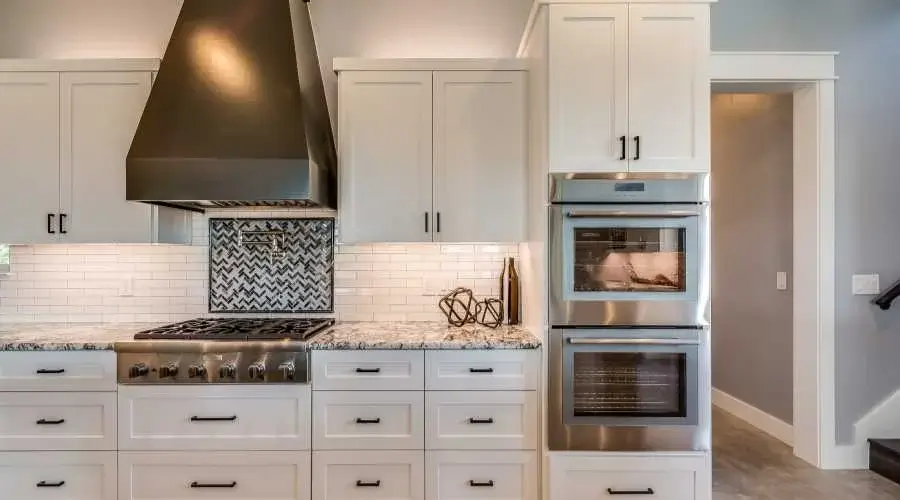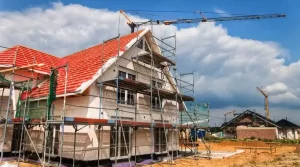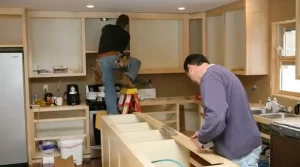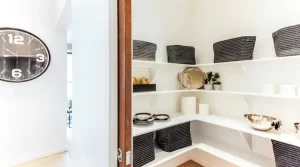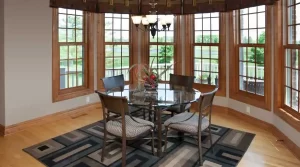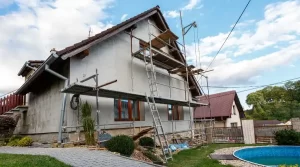When acquiring a, there are several variables to consider. Range hood. The first consideration is noise; you want your range hood to be quieter than an airport. You also wish to have a well-ventilated and silent hood.
The objective is to keep cooking odors away from your house. Furthermore, it prevent heat from the stove from harming the surrounding walls.
While it is a straightforward operation, selecting the fitting range hood requires careful consideration of a number of factors. When shopping for a range hood, keep these 10 requirements in mind.
1. Easy-to-clean filters
straightforward to remove and clean filters are preferable. These are usually made of aluminum and pop entirely out of the sink for cleaning.
2. Lower sones number
This is the amount of noise generated by your range hood. A quiet hood produces 1 to 3 sones of noise (40 to 60 dB)—the lower the sones, the quieter your range hood fan. If you’ve ever switched on your hood fan and it sounds like a jet engine, you have a very high sones number.
3. Controls
Choose a range hood with a variable speed control or a multi-speed fan. This allows you to regulate the fan’s speed. A faster cooking speed is better for preparing more odorous meals. A
slow pace should be enough for everyday cooking on one or two burners.
4. Air Exchange
When you turn on your hood fan, you want the air to exchange at least 15 times each hour to circulate the air adequately.
ProTip Takeaway: Choose a range hood with a fan that operates at the lowest number to keep the kitchen’s noise to a bare minimum.
5. Kitchen size
Measure the cubic feet of your kitchen to determine which range hood is best for you. Then, look for a range hood sized to fit your kitchen and will efficiently ventilate it.
6. Stove’s BTU
Note your stove’s BTU output before buying a range hood. The quantity of BTUs your stove releases is the beginning point for determining which range hood will provide enough ventilation.
7. Non-Ducted or Ducted
Non-ducted hoods, when equipped with a clean filter, may reduce humidity, heat, smells, and grease. How much ducting is required to connect here to the outside?
8. CFM Rating
Look for a range hood with enough ventilation. The air a range hood pushes is measured in cubic feet per minute (CFM).
9. Coverage
Ensure the range hood is correctly installed and large enough to cover the stove. If not adequately hung over the stove, it will not absorb heat and aromas when cooking. Some vent hoods cover a portion of the furnace, but others are designed to sit directly over the cooktop and vent directly up into the ceiling. These are appropriate for a large residence.
10. Positioning
To use the hood’s ventilation power, mount it 28″-36″ above your stove. Heat will build up if it is too close, and ventilation will be inefficient. If properly installed, it will efficiently draw heat and odors.
ProTip Takeaway: Measure your kitchen before choosing a range hood to ensure proper ventilation.
Start Your Project Today
Are you ready to start your dream kitchen renovation project or install your range hood? We can help you. Please get in touch with us right away for a free estimate.
Do you need advice selecting the best range hood for your kitchen and determining how it will fit into your renovation plans? With our free design services, we can help you broaden your idea or give great design options for you to choose from. Contact us right now for a free kitchen remodeling consultation.

